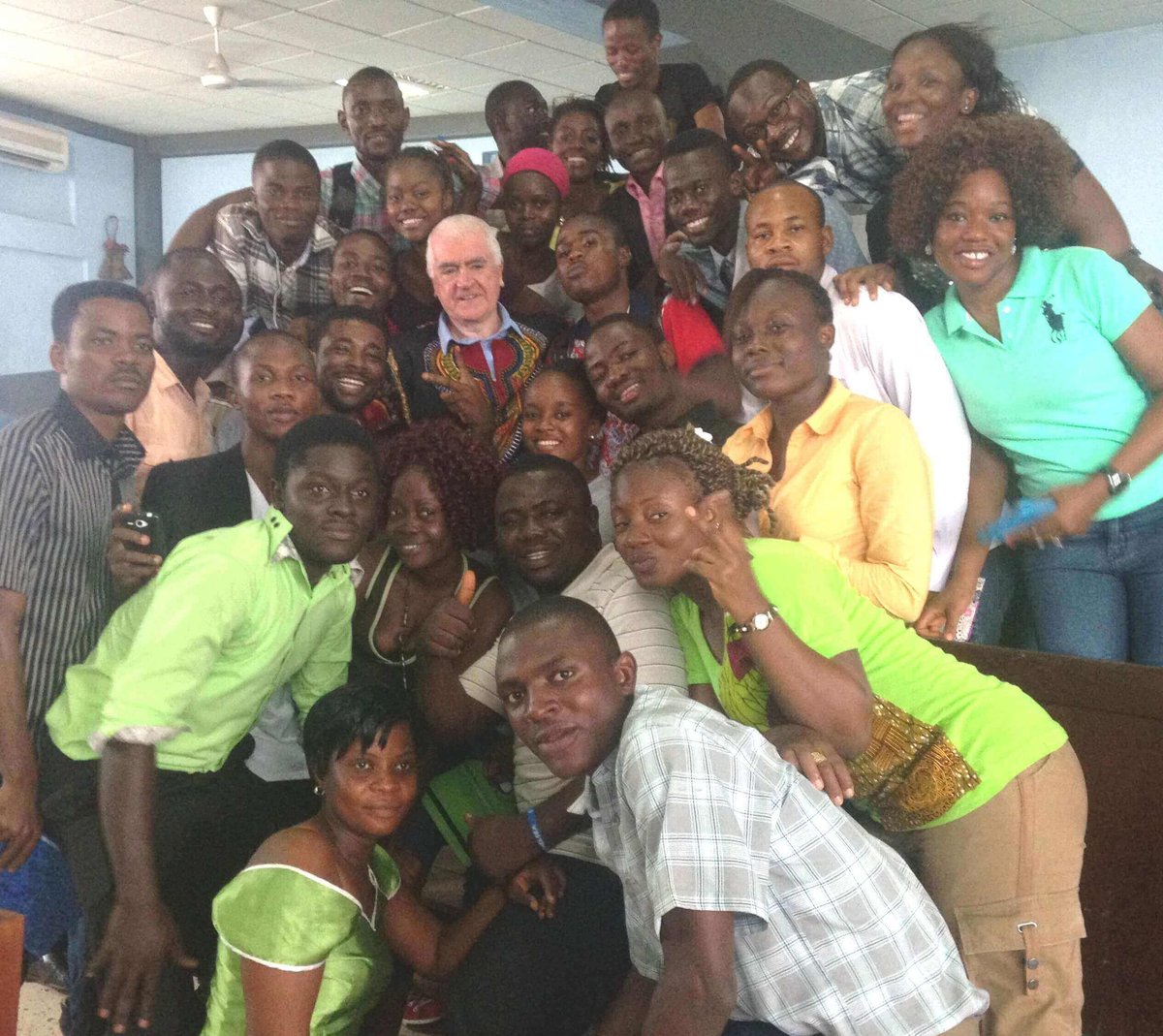Since the study of medicine began, the need for cadavers to train medical students in human anatomy has been a thorny issue, with implications both moral (permission), financial (cost), and practical (storage).
However, a viable alternative lies with additive manufacturing. A 3D printed replica of the human body overcomes such obstacles, while providing the necessary detail required for learning.
Monash University in Australia have created the first commercially available kit of realistic body parts, together with German production partner Erler-Zimmer, which are produced by a 3D printer in full colour. The entire collection can be seen in their online catalogue.
A paper from Monash University entitled “The Production of Anatomical Teaching Resources Using Three-Dimensional Printing Technology” explains some of the advantages of using 3D printed cadavers. These include: “durability, accuracy, ease of reproduction, cost-effectiveness and the avoidance of health and safety issues associated with wet fixed cadaver specimens or plastinated specimens.”
3D Printed Cadavers in the Real World
Specimens are printed by Monash using two full colour photorealistic 3D printers from 3D Systems: a ProJet 660 and a ProJet 4500.
Paul McMenamin, director of the Centre for Human Anatomy Education (CHAE) at Monash University, explains:
“The full color is essential to reproducing a combination of realistic color fidelity and ‘coding’ — vessels in red or blue, nerves in yellow, for example — that is valuable in teaching.”
The Dogliotti Medical School at the University of Liberia has also provided a real-world use case for 3D printed cadavers.
Inspired by a speech by Dr. Ian Crozier, who contracted Ebola while in Sierra Leone, McMenamin arranged for a full set of models and materials to be sent to the school. The university has limited supplies, so this ensured that essential medical training could still be provided.
McMenamin also spent time in the school while training students to use the 3D printed anatomy. “Helping the medical school in Liberia with the support of my CHAE team and Monash University,” he said, “has been the best thing I have done for my fellow human beings.”
License: The text of "3D Printed Cadavers to Modernize Human Anatomy Study" by All3DP is licensed under a Creative Commons Attribution 4.0 International License.

